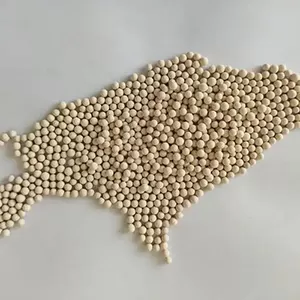molecular sieve regeneration cycles vary based on operational factors, but most industrial grades endure 100–200 regenerations before performance declines. This durability stems from their robust crystalline structure, which resists degradation under standard regeneration conditions.

Key influencers include regeneration temperature: excessive heat (over 400°C) can damage the sieve’s pores, reducing cycle count. Adsorbed substances also matter—heavy hydrocarbons or corrosive molecules may leave residues, shortening lifespan. For example, 4A molecular sieve used in water drying often achieves more cycles than 13X sieve handling complex gas mixtures.
The packing’s physical integrity affects reusability too. Frequent mechanical stress, like rapid pressure swings in PSA systems, can cause (particle breakage), reducing effective surface area over time. Gentle handling and controlled regeneration—using gradual heating and inert gas purging—minimize such damage.
With optimal conditions, some high-quality molecular sieves exceed 200 cycles, maintaining 80% of initial adsorption capacity. Regular monitoring of adsorption efficiency helps determine when replacement is needed, ensuring cost-effective operation in drying, separation, and purification processes.

